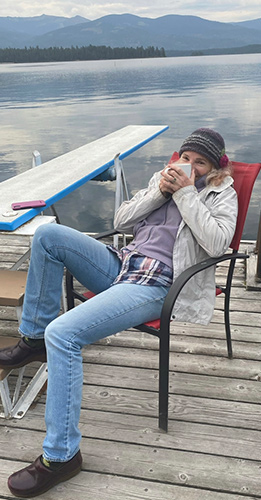Updated June 27, 2107
Breast Implant Associated Anaplastic Large Cell Lymphoma first crossed my radar screen in 2011. At that time, there were 34 reported cases out of an estimated 10 million implant patients worldwide. Recent reports indicate that this really weird and poorly understood disease may still be very rare but not as rare as we once thought. For a good review of BI-ALCL check out the FDA information.
If you have breast implants, I implore you not to freak out about this. BIA-ALCL is not breast cancer. BIA-ALC is cancer of the breast implant capsule. How bizarre is that??? BIA-ALCL has signs and symptoms. It doesn’t just show up in a normal implanted breast. The signs and symptoms include breast pain, a lump or mass in the breast or armpit, and/or fluid around the implant. Should any patient with implants have any of these issues, she should be evaluated.
If BIA-ALCL is diagnosed in a timely fashion, removal of the implant and the implant capsule is almost always curative. Some patients, however, will need chemo and/or radiation. Any yes, there have been a handful of deaths. All of these deaths were in women who had a delayed diagnosis and/or delayed treatment. As is the case in many illness, awareness is key.
It looks like BIA-ALCL occurs only in women with either textured implants or a history of a prior textured implant or tissue expander. I have used very few textured implants over the years and don’t plan on using them in the future until all of this is sorted out. And it gets even weirder. BIA-ALCL seems to occur in clusters. Australia and New Zealand have a higher incidence than North America or Europe and there are some parts of the world where it has never been seen or at least reported. This geographic variation may reflect some genetic susceptibility to the disease and/or there may an environmental/infectious component. And there’s more weirdness. It probably isn’t the actual texture of implants that is the issue but rather the much increased surface area that a textured implant involves. An increased surface area provides a larger area for inflammation and/or low grade infection from certain types of biofilm forming bacteria (this is a whole topic of it’s own and I am working on a blog about it). One thing that is clear is that BIA-ALCL does not occur without symptoms. There is currently no recommendation that women with unproblematic textured implants have them removed and replaced with smooth implants.
MD Anderson (the cancer research and treatment Mecca) has devoted an entire research lab to BIA-ALCL and I expect we will have more information on the etiology and optimal treatment of this weird and rare disease.
I have never seen a case of BIA-ALCL although last year I thought I had a case. This lady had textured implants done in Thailand several years earlier. She had a chronic fluid collection and the weirdest, thickest, gnarliest capsule I have see in 25+ years of practice. It took me two hours to get the monstrosity out. Examination of the fluid (cytology) and the capsule (pathology) was negative for ALCL. I was the happiest surgeon in the world when those reports came across my desk. You can see a photo of this capsule on my Instagram @breastimplantsanity, January 18, 2017.
If you have implants and any of the signs or symptoms mentioned above, get thee to a plastic surgeon for evaluation! In fact, if you have implants and haven’t seen a plastic surgeon in awhile, it would be a good idea to do so.
Thank you for reading and I would be honored if you would follow me on Instagram @sowdermd and @breastimplantsanity. Dr. Lisa Lynn Sowder



 @lisalynnsowder
@lisalynnsowder
